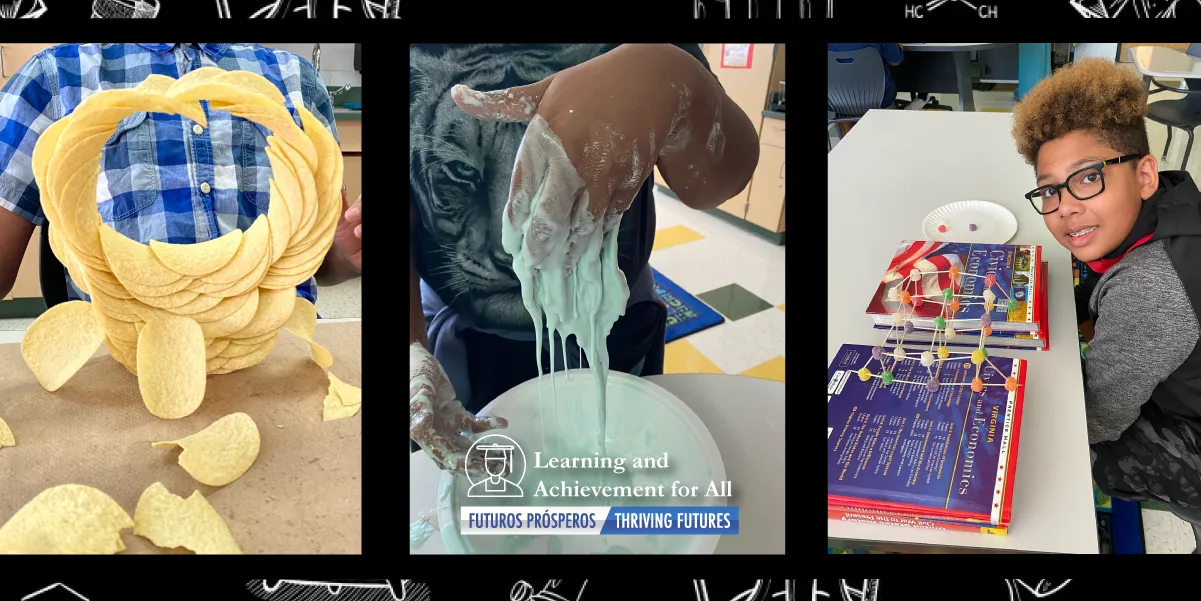
At PACE West, students eagerly await their turn to run as fast as they can past a bucket. This action may, at first, seem peculiar to the average observer. But upon closer inspection, a golf ball held by each student points to the purpose of the activity.
It's all part of a science lab on Newton’s Laws of Motion. Each student tries to drop their golf ball into the bucket as they run past. The real-life demonstration of “an object in motion stays in motion,” is just one of the many weekly science activities developed by Sarah Goldring, a teacher at PACE West, to help students understand lofty concepts and embody their learning through experiential and hands-on activities.
“Hands-on learning is so effective in helping students access tough theoretical science topics such as cell mitosis or the Laws of Motion. If the students can see the science in action and be the scientist themselves, they can understand the science,” said Goldring.
“Reading a textbook, you can’t really picture it, but when you do it, it’s in front of you,” shared one student.
“Some people like me have a hard time learning things they read but when you do stuff it’s in your head,” said another.
Other hands-on science labs have included displaying the stages of cell mitosis using cookies and sprinkles, extracting DNA from strawberries, and exploring the properties of water molecules by floating paperclips on water and putting drops of water on pennies.
In addition to increasing student engagement, socialization, and collaboration, the science labs are also having a positive academic impact.
“I know my students are learning because they can explain the science concepts and standards to me in their own language after our interactive lessons,” said Goldring. “They are also able to interact with each other during the lessons, help each other out, and become the teacher themselves,” she added.
As for how Goldring can quantitatively demonstrate that students are learning? “They perform successfully on summative assessments at the end of the units,” she said.